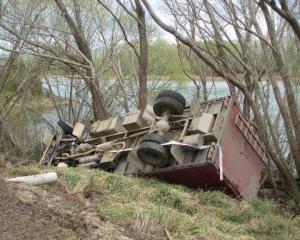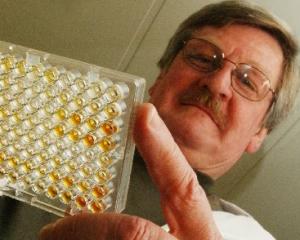The national sheep flock has shrunk to its lowest level in 54 years, highlighting the difficulties facing the industry.
The latest Statistics New Zealand figures in the year to June 2007 show there were 38.5 million sheep, down from 39.6 million in 2002 and nearly 45 million in the late 1990s.
Meat and Wool New Zealand economic service director Rob Davison, said the last time sheep numbers were this low was in 1954, and he warned the erosion was unlikely to stop, predicting a further 4.8% decline in sheep numbers in the year to June 2008.
Farmers were reacting to a lack of profitability, which has prompted conversion to dairying or dairy support in the South Island but recent drought in the North Island has also had an impact.
Sheep numbers peaked in 1982 and 1983 at over 70 million and have fallen ever since, but Mr Davison said today's sheep flock was more productive.
In 1954, 13.4 million lambs were processed for export, whereas this year meat companies would process 25.5 million lambs.
The Statistics New Zealand survey shows North Island sheep numbers have fallen to 2002 levels, at 18.5 million, while the South Island flock has declined from 21.1 million in 2002 to 19.9 million.
In contrast, the national dairy herd has grown over the same period from 5.2 million to 5.3 million but the number of cows in milk and heifers were up 8% to 4.2 million.
The North Island still remains the largest dairying area at 2.9 million, similar to 2002, while the South Island dairy herd has increased 31% from 1 million to 1.3 million.
The deer herd also continues to shrink, due to recent low venison and velvet prices and land use changes, falling 200,000 from 1.6 million, while the number of hinds mated in 2007 was 8%, or 680,000, lower than 2006.
Viticulture continues to grow at an exceptional pace, grape plantings increasing 71% since 2002, with total plantings reaching 29,620ha, more than four times the 1994 planted area.
Marlborough dominates the industry, with 60% of the total area planted at 17,170ha. More exotic forest was harvested than planted in 2007.
The data shows 40,800ha was harvested but just 33,000ha was replanted and 2600ha of new land was planted.
In 2002, 33,700ha of land was newly planted in exotic trees.




